6. Light Sleeper (1991)
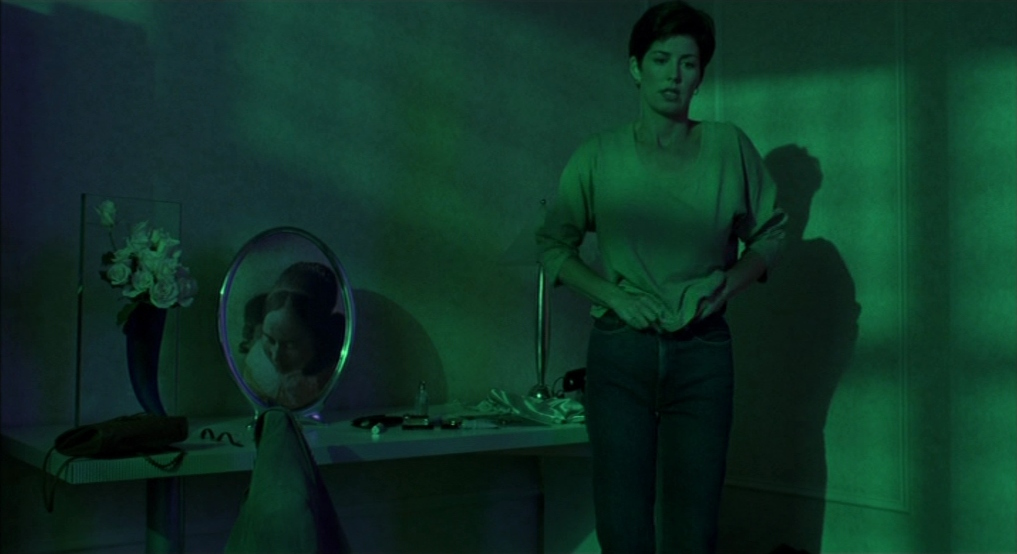
Paul Schrader is a versatile filmmaker with a vast body of work. The films he’s written, especially those for Martin Scorsese (Taxi Driver, Raging Bull, The Last Temptation of Christ) receive much of the attention, but he’s also directed a number of quality pictures that cover a wide area of subjects and ideas.
Case in point: 1991’s Light Sleeper, a moody drama that follows thirty-something cocaine dealer John LeTour (Willem Dafoe) as he makes drug runs while attempting to manage his tumultuous personal life.
The most interesting story relating to the production of Light Sleeper actually took place prior to filming: Schrader wished to use several songs from Bob Dylan’s 1985 album Empire Burlesque as the soundtrack for Sleeper, and sent Dylan his request along with a copy of the script.
Bob promptly responded and said he loved the screenplay, but felt the music Schrader selected was all wrong; he suggested a different assortment of his own songs, insisting that these were, in fact, the proper pieces for Light Sleeper.
Schrader vehemently disagreed, and a creative collaboration between two legends ended before it had officially begun. He ended up turning to Michael Been, singer/guitarist for rock group The Call, who wrote an excellent batch of songs for the film. They are curiously similar to the Dylan tunes, though: compare Light Sleeper’s main theme, “World’s on Fire”, with Empire Burlesque’s, ‘Something’s Burning”. The similarities are striking.
7. Candyman (1992)
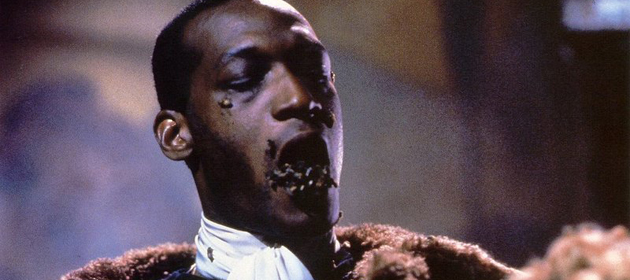
Candyman is based on a short story by Clive Barker entitled “The Forbidden”. Director Bernard Rose (Paperhouse, Snuff Movie) hit upon the ingenious idea of transferring the location from England to an American housing project known as Cabrini-Green, located in Chicago.
What many don’t know is that a real-life crime inspired Rose to make this switch: the 1987 murder of Ruthie Jean McCoy in the nearby Grace-Abbott projects. Throughout the 80’s, the Grace-Abbott high rise had a problem with what were dubbed “medicine cabinet break-ins”.
The two apartments at the end of each floor had adjacent bathrooms, with the medicine cabinets back-to-back. One could simply remove the cabinet from their own bathroom wall in order to step into the neighboring apartment.
Two young men entered the dwelling of 52-year-old Ruthie Jean McCoy sometime on the evening of April 22, 1987 and shot her to death; this incident ended up inspiring an extremely similar one in Candyman (the character, only referenced posthumously in the film, was even named Ruthie Jean).
Candyman was released in 1992 and is now regarded as seminal horror cinema, boasting exceptional performances and a gorgeous score from Philip Glass, who isn’t terribly fond of the picture. In the liner notes for the CD release of the Candyman score, Glass said he felt the film had turned out to be nothing more than a low-budget slasher.
8. Natural Born Killers (1994)
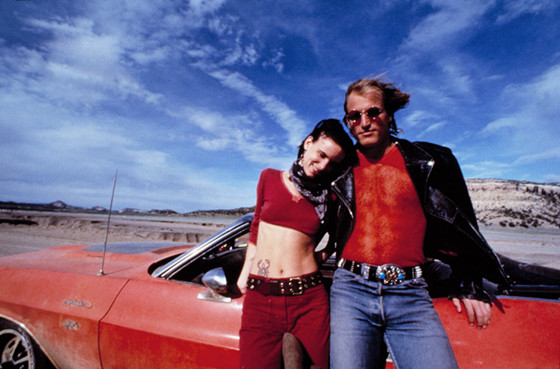
Quentin Tarantino’s script for Natural Born Killers was passed around Hollywood for several years before Pulp Fiction hit the scene in 1994. Suddenly anything with his name on it was a hot property, and the Killers script made its way to Warner Brothers via a pair of young producers, Jane Hamsher and Don Murphy.
Oliver Stone was under contract at Warners and, tired of making serious, decade-spanning epics, thought Natural Born Killers would provide a perfect change of pace. Filming for NBK was surreal and intense, punctuated by multiple trips to the desert to ingest hallucinogenic mushrooms.
The youthful energy of Tarantino’s script was frequently threatened with derailment by Stone and his familiar crew of collaborators: his usual music supervisor, Budd Carr, wanted Bob Seger to score the film.
Stone wisely let new, younger people into the fold in the form of Hamsher, Murphy, and Veloz, and he welcomed their suggestions, even sought their approval on a number of major decisions. The prison scenes were shot on location at Stateville Penitentiary in Illinois, with real inmates used during the massive riot (they gave the prisoners rubber weapons).
Natural Born Killers was brutalized by critics upon its release, and especially by Quentin Tarantino: he claims to have walked out ten minutes in, during the “I Love Mallory” sequence, and that he hasn’t seen the film since. Its followers, however, recognize it for what it is: one of the most daring, interesting films a major studio has ever released.
9. The Postman (1997)
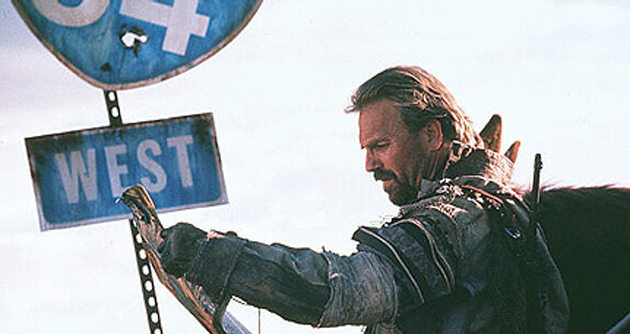
After the colossal mess that was 1995’s Waterworld, Kevin Costner’s film career was in an awkward place. He took a step in the right direction with the successful sports comedy Tin Cup, but hadn’t yet shaken his passion for epic, grandiose storytelling. Costner’s next undertaking, a futuristic western based on a novel by David Brin, was The Postman.
Kevin Costner became involved with Postman in the early 90’s, and signed a triple-threat contract with Warner Brothers that locked him in as producer, star, and director of the picture. There was a catch, however: first Costner had another film to make, for Universal. A movie that, coincidentally, also took place in a desolate future: Waterworld.
The details of that disastrous production are widely known and I won’t go into them here, but the bottom line is this: when Coster returned to Warner Brothers ready to make Postman, the studio was much less excited than they’d initially been. Costner had writer Eric Roth’s script drastically altered, adding thick layers of patriotism and rhetoric.
Roth’s former agent, Ron Mardigan, said: “Costner had a vision that didn’t work, but no one would tell him this”(3). The press had been brutal in its coverage of Waterworld, with critics slamming the film even before its release; Costner insisted on a media blackout during the filming of Postman to curb such outside influences.
When the film clocked in at nearly 4 hours in length, Warners desperately toyed with the marketing campaign, trying to make Costner’s overblown mailman movie seem more appealing (Tagline attempt 1: “The year is 2013. One man walked off in the horizon and hope came with him”. Tagline attempt 2: “It is 2013. War has crippled the Earth. Technology has been erased. Our only hope is an unlikely hero”).
All the post-production tinkering in the world couldn’t save The Postman from its fate: the film hit theaters on Christmas Day, 1997, and was a critical and financial failure, earning 17.5 million dollars before it quietly faded away (the final budget was nearly $90 million).
10. Ravenous (1999)
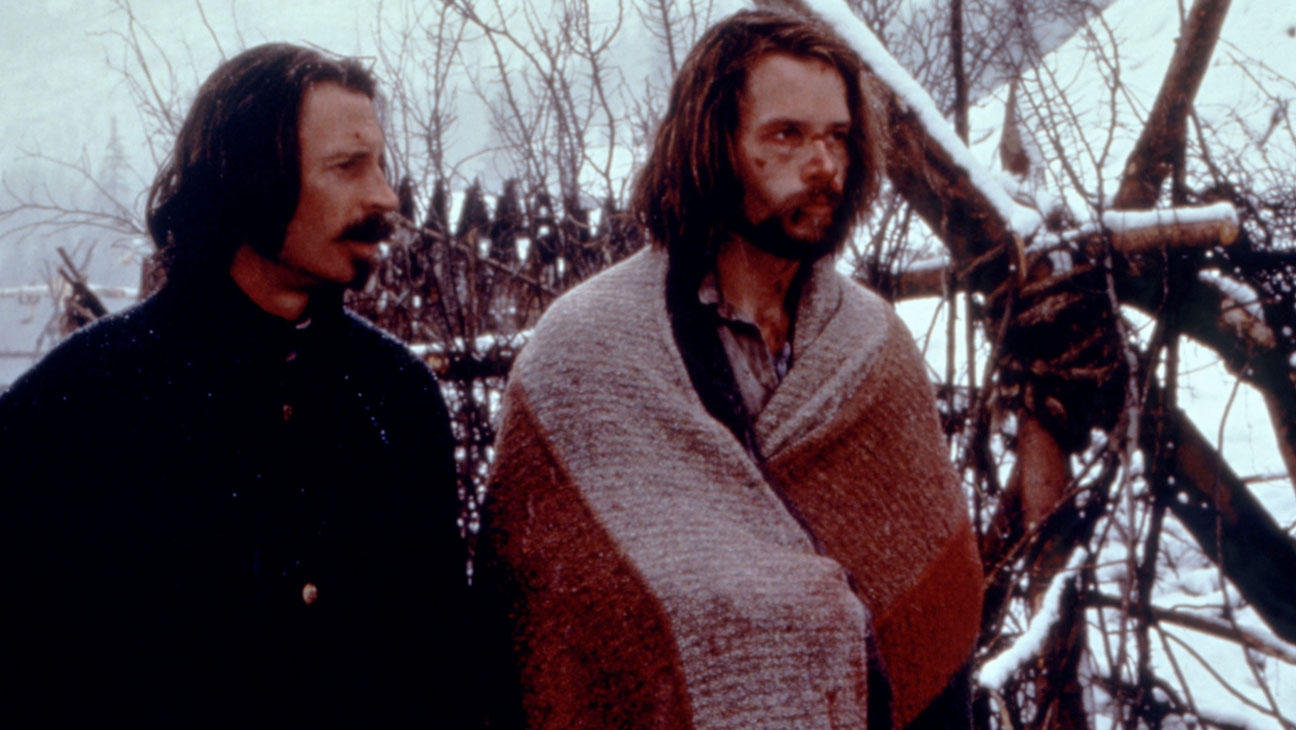
Ravenous is a fiercely original, genre-defying piece of work, equal parts horror, comedy, and adventure. Over time it has attained the strong cult following it deserves, but the film very nearly collapsed into disaster until one woman stepped in and saved the day. Ravenous tells the story of a military outpost in the Sierra Nevadas, circa 1848, that is set upon by a malevolent cannibal who gains strength from eating human flesh.
The film began shooting with Milcho Manchevski (Shadows, Mothers) as its director, but he had a poor relationship with Fox executive Laura Ziskin, who he felt was micromanaging the shoot from afar.
Ziskin arrived to the set three weeks into filming, fired Manchevski, and brought along Raja Gosnell (Never Been Kissed, Home Alone 3) as his replacement. The cast and crew, reportedly led by Robert Carlyle, flat-out refused to work for Gosnell. Carlyle called in his friend, director Antonia Bird (Priest), who arrived and miraculously turned a cesspool into a freshwater lake.
The various constraints on set, both fiscal and psychological, seem to have improved the picture: an early draft of the script had a superhuman villain who could soar through the air and scale tall trees (writer Ted Griffin was on hand for countless rewrites). Director Bird was disappointed with the finished picture, claiming Fox added material without her consent; unfortunately, she passed away in 2013.
Despite her reservations, Ravenous turned out to be a minor masterpiece, and its audience is steadily growing. Fox tried to shoehorn the director of Never Been Kissed into the directors chair, the people involved responded with a resounding “No”, and in doing so they exemplified how much faith they had in the material: Antonia Bird, Ted Griffin, Robert Carlyle, the artists behind Ravenous refused to let it be destroyed.
(1) Blood Cold: The True Story of Robert Blake and Bonny Lee Bakley by Darcy O’Brien, p. 107.
(2) Winner Takes All by Michael Winner, p. 235, p. 237.
(3) Fiasco by John Robert Parrish, p. 261.
Author Bio: Derich Heath is a writer, filmmaker, and musician living in Los Angeles. He has made a documentary on the making of Prom Night II and is currently in post-production on his debut feature, Night Owls.